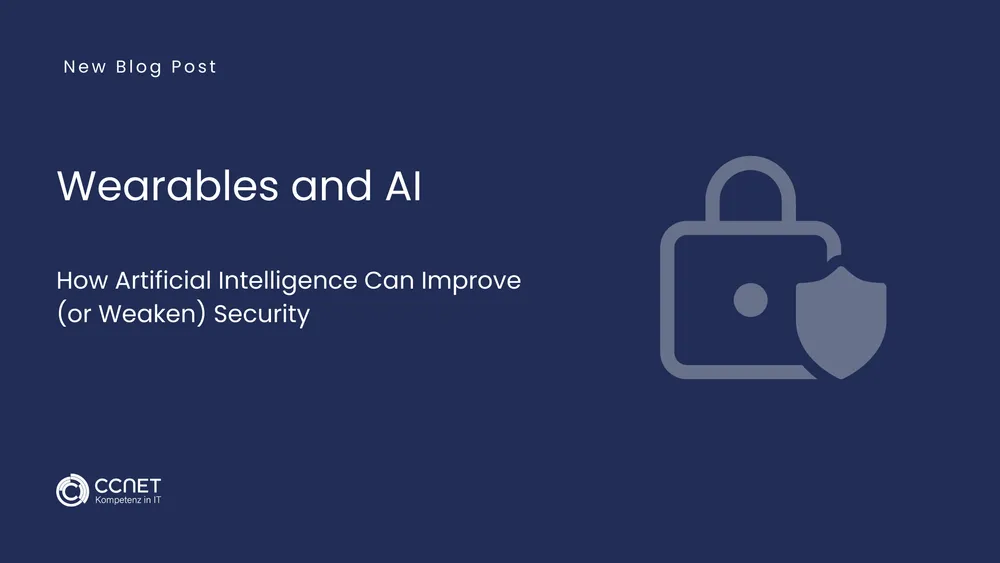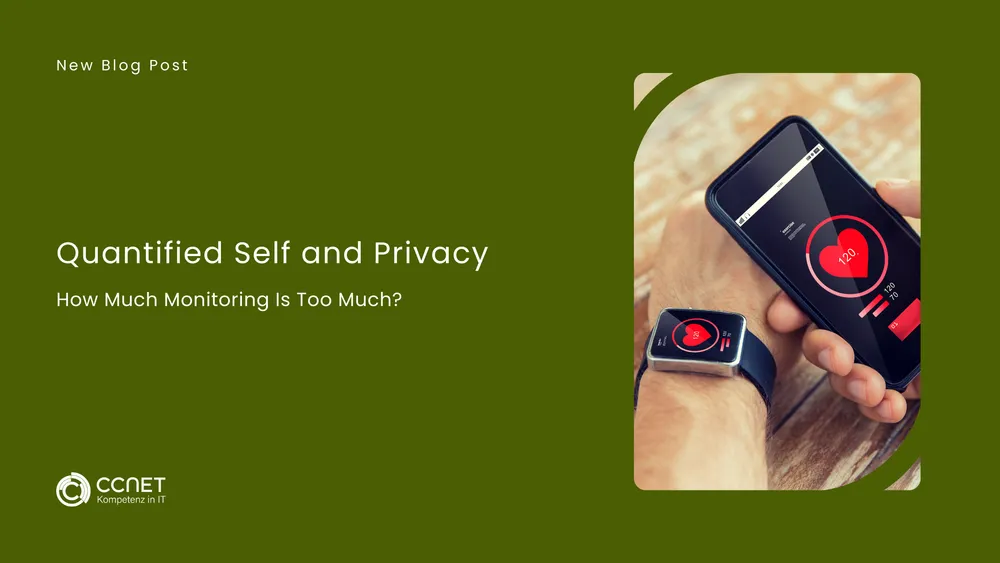
CCNet
Jun 6, 2025 • 3 min read

Digital Vulnerabilities on the Wrist: How Smart Health Gadgets Become Attack Surfaces
Wearables have become an integral part of modern healthcare.
They enable continuous collection of vital data, opening up new possibilities for patient monitoring and health management. However, as their adoption grows, so does the interest of cybercriminals in targeting these devices. In this article, we take a closer look at the most common attack vectors and the potential risks for users and providers.
1. Insecure Communication: A Gateway for Attackers
Many wearables communicate with other devices or cloud servers via Bluetooth, Wi-Fi, or mobile networks. If these connections are not adequately secured, attackers can intercept and manipulate the data traffic. This is especially concerning when sensitive health data is transmitted, as it can have serious consequences in the wrong hands.
2. Vulnerabilities in Apps and Firmware
The software running on wearables and their associated apps is often an attractive target. Security flaws in firmware or mobile applications can allow attackers to gain access to personal data or even manipulate the device’s functionality. The risks are particularly high when security updates are missing or authentication mechanisms are poorly implemented.
3. Manipulation of Sensor Data
Since wearables collect biometric data such as heart rate, blood oxygen levels, or movement patterns, tampered sensor data can lead to severe consequences. An attacker could inject false readings to trigger medical misinterpretation or falsify health conditions. In a medical context, this could result in misdiagnoses or treatment errors.
4. Physical Access and Hardware Tampering
Unlike traditional IT devices, wearables are easily accessible physically. This means attackers could gain direct access to the hardware and exploit vulnerabilities. For example, a modified charging device could inject malware, or open debugging interfaces could be used for unauthorized modifications.
5. Cloud and Backend Security Risks
Many wearables store collected data in the cloud or sync it with backend systems. These cloud environments can become targets for cyberattacks, especially if they lack proper security. Unencrypted or improperly stored data is a potential goldmine for hackers aiming to steal sensitive information or use it for fraudulent purposes.
6. Privacy Issues from Third-Party Integrations
Many wearables integrate with third-party apps or allow data sharing with external services. This can lead to unintentional data sharing or even resale of health data. If users lack transparent control over which data is shared, this poses a serious risk to their privacy.
Conclusion: Greater Security Awareness Needed
The increasing connectivity in healthcare brings many benefits—but also new cybersecurity challenges. To minimize risks, manufacturers should implement robust security measures such as end-to-end encryption, regular updates, and strict authentication protocols. At the same time, users need to be aware of what data they share and what precautions they can take themselves.
In the next article, we will examine the most dangerous security vulnerabilities in medical wearables and explain how they can be mitigated.
FAQ About Wearables
How do attackers gain access to data from wearables via communication?
If Bluetooth, Wi-Fi, or mobile connections are not sufficiently secured, attackers can intercept or manipulate data traffic.
What vulnerabilities exist in wearable software?
Insecure firmware and apps with missing security updates or weak authentication provide opportunities for unauthorized access and manipulation.
What can happen when sensor data is manipulated?
Incorrect sensor data can lead to medical misinterpretations, such as incorrect diagnoses or inappropriate treatments.
Why are wearables particularly vulnerable to physical attacks?
Due to their accessibility, wearables are easy to manipulate, e.g., via modified chargers or open interfaces.
How do cloud and backend systems create risks?
Inadequately secured cloud environments can be the target of cyberattacks in which sensitive health data is stolen.
What is the problem with third-party integrations?
Data can be passed on or sold to external services—without users having sufficient control over this transfer.
What does the text recommend to minimize security risks?
Manufacturers should use encryption, regular updates, and strong authentication; users should be mindful when handling their data.


